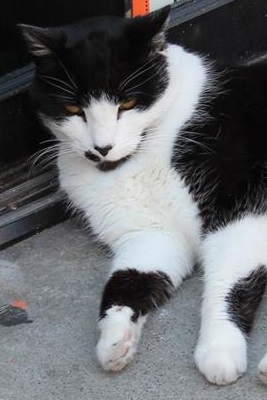
Learn the How and Why of Feline Behaviour. Online Learning in Domestic and Wild cat psychology.
Learn to understand how cats think, and to control their behaviour, through training and other means.
Cat communication is the method a cat uses to communicate with other cats, animals and humans. A cat may communicate through movement, posture, noise and chemical signals. The communication processes a cat uses have been changed by the process of domesticating them into the human world.. Cats can also communicate using body language.